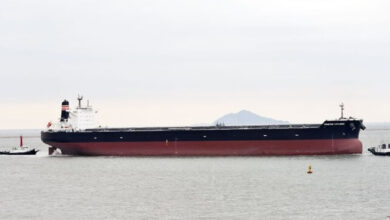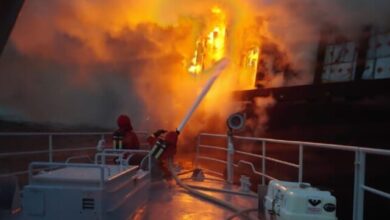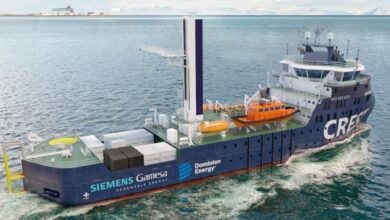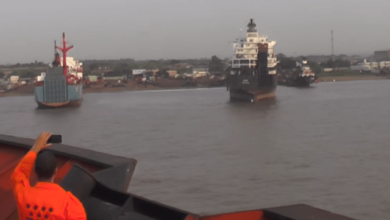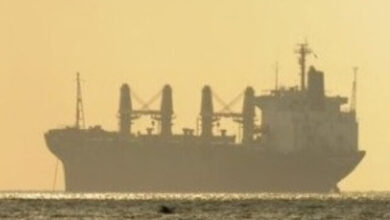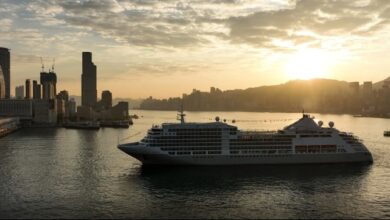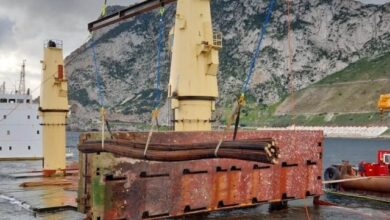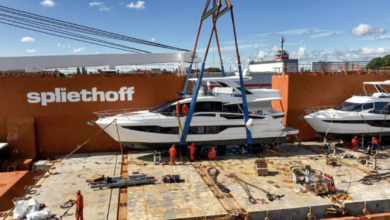Pablo Rodas-Martini write : Port Automation
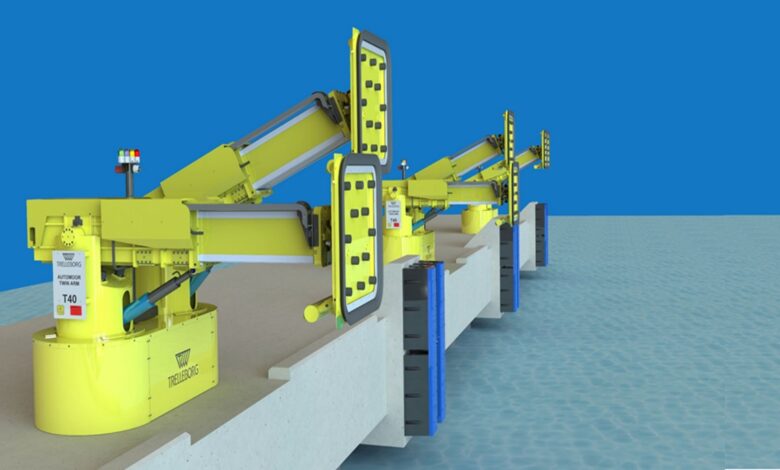
By: Pablo Rodas-Martini
Port automation has arrived at the maritime dialogue not as a visitor but as a settler! Today, there is no major port media that does not include the topic on its pages or no major port conference that does not have a panel about it. The inclusion of port automation, like port sustainability, has become mandatory.
Defining port automation is like describing a river or a mountain: We all know what they are, but everyone would give a different definition for each. For the sake of simplicity, let’s use the words given by the ITF – International Transport Forum, a division of the OECD – OCDE in Paris:
“Port automation can be defined as the automation of a significant part of port cargo handling activities, where automation refers to processes where manual labour is fully outsourced to autonomously operating machines.”
If one looks at some of the port magazines, one finds the topic in almost every issue. From the latest edition of Port Technology International – PTI:
“With the use of autonomous or remote controlled machinery and equipment, connected to loT devices, it will be possible to track cargo, equipment and operational vehicles, to acquire information to measure and validate the loading and unloading of ships.” From the latest edition of GreenPort:
“The most beneficial result of introducing terminal operating systems (TOS) solutions is the impacts to the bottom line…. [A]utomation at ports has the potential to reduce operating costs by 55%.” From the latest issue of PortNews:
“A trial with an autonomous driving terminal truck recently took place at the Lineage Logistics terminal in the Vlissingen port area. This trial is part of the Living Lab project ‘Autonomous Transport Zeeland.’”

And with the major port events in the world the same happens—automation breathes and grows. For instance, TOC Europe, TOC Americas, and TOC Asia have a panel under the category “Automation & Integration” or similar. The regional Baltic and Black Sea Ports & Shipping, Caspian Ports & Shipping, and ASEAN Ports & Shipping have
“The Fundamental Strategy for Implementing Automated Autonomous Container Terminal Operations” or similar. Another common topic is “Digitalization and automation of cranes,” since cranes are at the vanguard of the process.
But what would port automation be without the radical innovation of automated mooring, for me the most iconic symbol of port automation? In the latest edition of Port Strategy, one finds an article: “Autonomous ship docking is coming: Autonomous technology can enable faster vessel positioning and greater overall control of the berthing process, promoting safety, fuel savings and as a result fewer emissions.”
And autonomous vessels are also coming. The first fully electric and autonomous containership, Yara Birkeland, has its own autonomous solution for mooring. That is funny but ingenious, like an invisible cowboy with his rope 🙂







